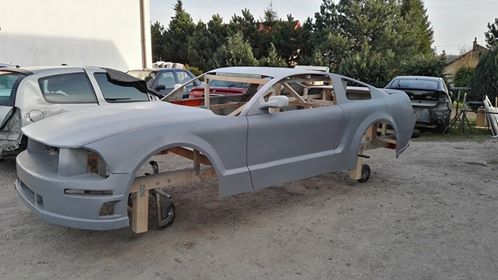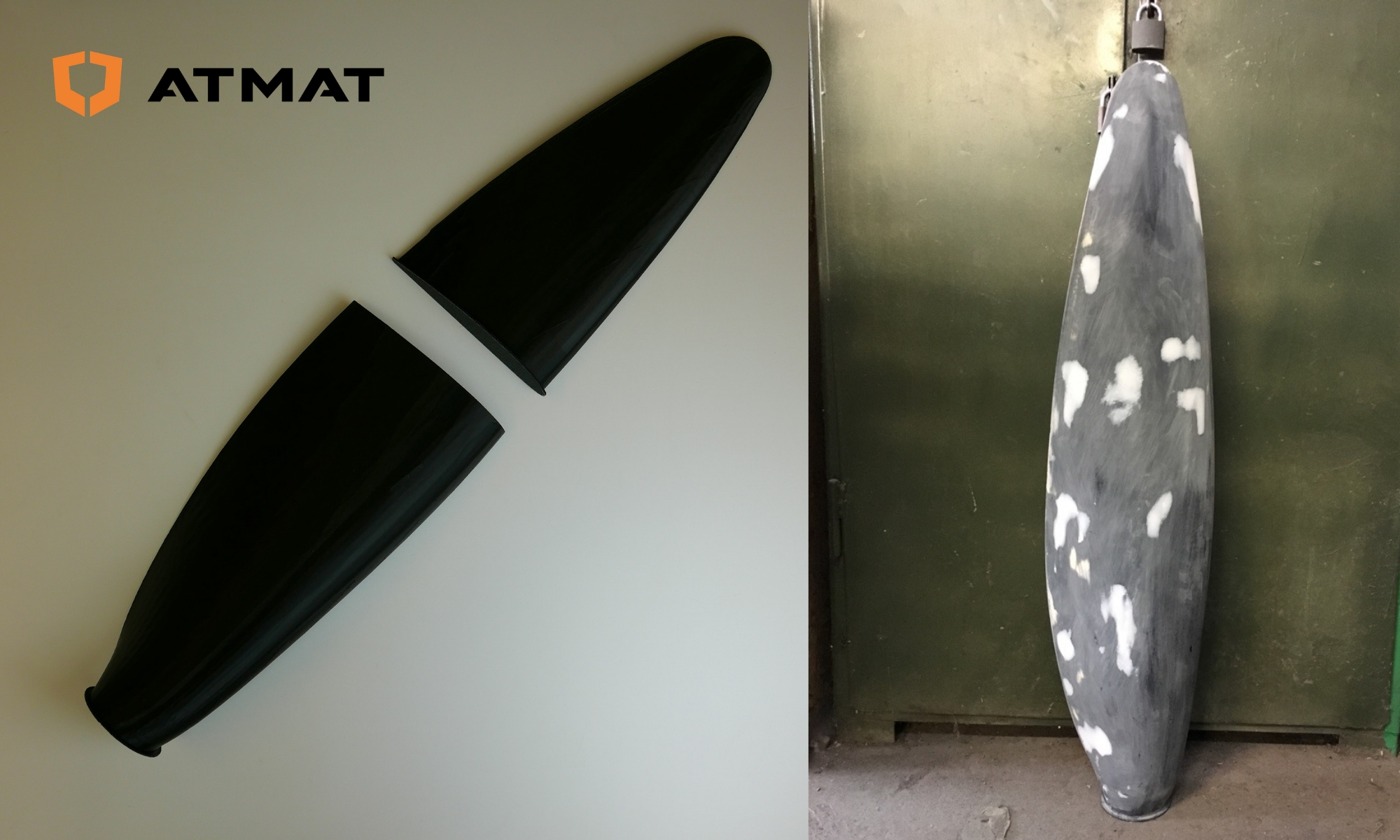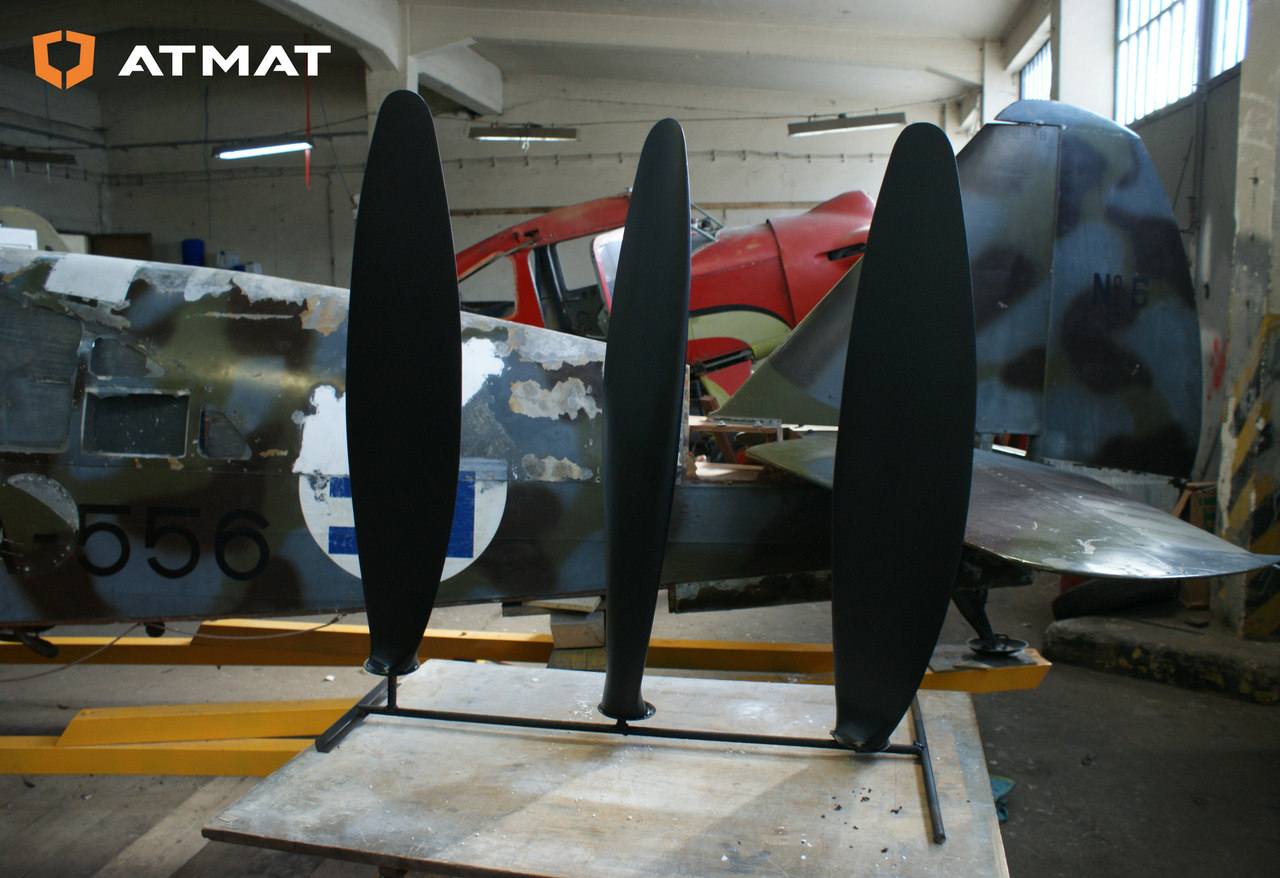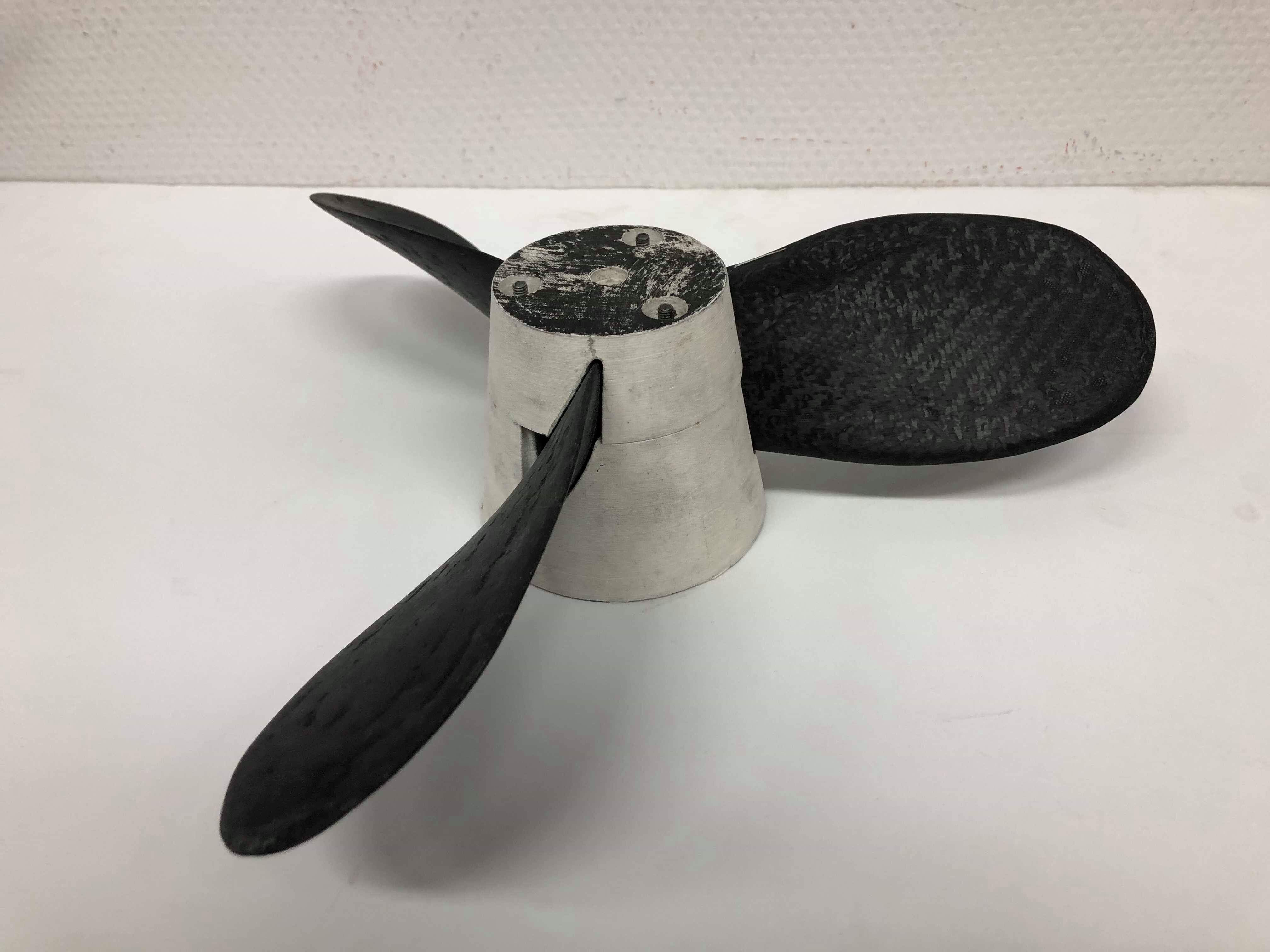The choice of the right processing technique depends on the result we want to achieve. It is also important from the perspective of the future purpose of the model and the material from which it was printed. The price is also important - the cheapest methods are also the most time-consuming, while the fastest and most efficient are quite expensive for the average 3D printing amateur.
FDM (FFF) is one of the most popular and most commonly used 3D printing technologies, however, the models obtained in this process have strongly outlined subsequent layers of filament, which is why they require post-processing on them - in this way we get aesthetic and ready to use elements.
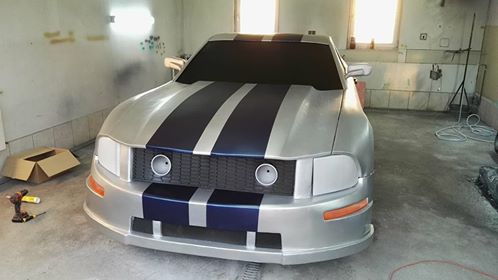
Printed Ford Mustang model in 1: 1 scale after using various postprocessing methods
Where do we start - machining
Mechanical postprocessing is not complicated, but time-consuming - you should work gently, paying attention especially to small elements with advanced geometry, which can be easily damaged. In this case, training makes perfect and you can get better results with each subsequent treatment
The very first stage of mechanical postprocessing is grinding, thanks to which we smooth the edges of the solid. It is worth stocking up several types of sandpaper with different granularity, because grinding starts with the thickest granularity and gradually moves to the smallest.
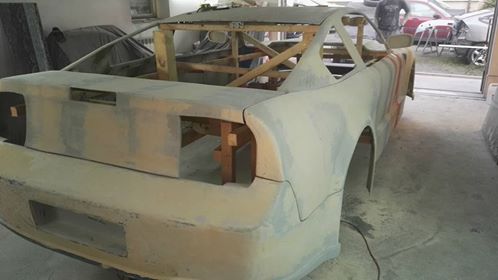
A printed Ford Mustang model being processed
The polished print can be further processed - depending on preferences, it can be painted or varnished, and in some cases both treatments can be used to obtain the most desired effect.
A printed Ford Mustang model being processed
Painting should be started by applying a special specimen to the printout, which ensures better adhesion of the paint, increasing the adhesion between materials - what is called priming. Then - depending on the purpose of the model - we can apply one or more colors to it and create gradients.
It is worth using this method of processing, e.g. when creating presentation models, replacement models or creating realistic building models.
Varnishing makes it possible to obtain a smooth or rough outer structure. We can also apply varnish to those elements that were previously painted - in this way we will give them a very shiny look. The method is used when creating toys, elements of board games, souvenirs or parts for machines.
Propeller blades for Caudron CR aircraft. 714 in the middle of processing
Propeller blades for Caudron CR aircraft. 714 after processing
Smoothing with acetone vapors - bathing in acetone
Acetonating - i.e. bathing in acetone - is a process of chemical treatment of 3D prints, which will work only for models made of ABS filament. This method allows you to accurately smooth the print surface and eliminate the characteristic fringes created during printing.
It involves placing the model on a support directly above the acetone poured into the bottom of a larger vessel. The print is not immersed in the substance, only in its vapors. ABS then shrinks, the edges of the layers are smoothed, and the surface becomes shinier.
A bath in acetone requires a lot of work and ensuring the right conditions, while the dissolution time depends on the size and structure of the model and the concentration of the substance. The longer the fumes are released, the smoother and shinier the model will be.
Epoxy coating
A mixture of resin with a suitable hardener is used to smooth models printed from PLA and ABS.
Mixed substances in appropriate proportions are applied to the print surface - the product fills all unevenness and blurs the boundaries between layers, creating a shiny, smooth surface. To achieve a matte effect, simply wipe the model with sandpaper and ... it's ready!
Propeller for solar boat printed and processed by students from Solar Boat AGH
Galvanization - 3D chromium plating
A delicate, metallic coating on the 3D model is obtained by galvanizing, i.e. covering the printout with metal, e.g. chromium. For this purpose, metal properties and electrochemical processes are used, which cause element ions to settle on the outer surface of the model. Electroplating can be done at home, but it is time consuming and requires advanced knowledge and skills.
There are many methods of 3D prints postprocessing - both mechanical and chemical, and each of them has its pros and cons. When choosing the right method of treatment, you should first of all remember the effects to be achieved, the costs to be spend on it and the amount of time that can be spend on achieving the goal.

